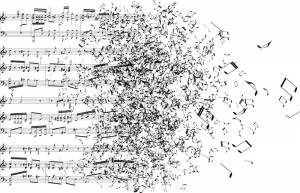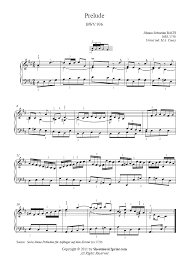 In the 19 years I have been teaching piano the one aspect that seems to put fear into the vast majority of my piano pupils has to be sight-reading. I have spoken to other teachers about this and it’s the one thing we seem to completely agree on. Many pupils who learn a musical instrument take music exams and sight-reading is a requirement of the test. I have approached this little issue in a variety of ways over the years from playing duets to having seasonal fun playing through easy carols. Ideally sight-reading needs to form part of everyday playing rather than just anxiously tackled a week before an exam. Here’s a few general things listed below that may help.
In the 19 years I have been teaching piano the one aspect that seems to put fear into the vast majority of my piano pupils has to be sight-reading. I have spoken to other teachers about this and it’s the one thing we seem to completely agree on. Many pupils who learn a musical instrument take music exams and sight-reading is a requirement of the test. I have approached this little issue in a variety of ways over the years from playing duets to having seasonal fun playing through easy carols. Ideally sight-reading needs to form part of everyday playing rather than just anxiously tackled a week before an exam. Here’s a few general things listed below that may help.
- Check out the key signature. How many sharps or flats and what notes are affected? Keep them in mind all the time you are playing.
- Scan the general shape of the melodic line, look to see where it rises and falls and also watch out for repeated notes. There may be easy to play arpeggios, chords and scales. It isn’t possible to read every note so spotting these well know patterns is important. At this time have a look at the fingering as well.

- Tempo (speed) is crucial. At the beginning of every piece of music there is a tempo marking such as Moderato or Allegro, this will give an idea of the speed and indicate character as well. Generally I would suggest playing very much under speed and especially for those who find sight-reading difficult.
- Next on the list is to check out the rhythm. It might be worth tapping out some of the trickier rhythmic patterns.
- Establish a steady pulse. It may be worth discretely tapping a foot to keep to one speed and don’t be afraid to subdivide the beat. Avoid rushing at all costs.
- Try to look ahead as you play, this will be easier if a steadier speed has been taken. There is always time to find the notes. My advice is to treat sight-reading as you would reading a book out loud. We never look at the word we are saying, but rather a few ahead, do the same with music.

- There is a great deal of information to take in all at once. Count a complete bar before starting and keep playing. Don’t stop! If hesitations are occurring then an even slower tempo will be needed. Coping with mistakes is all part of the learning process. Eventually, mistakes will cease to be distracting and it will become easier to give a good overall performance.
- It is essential when developing sight-reading skills to start with something easy. If it is fairly simple it will make the experience more enjoyable and build confidence.
- Over time the reading will speed up. Patterns will recur and will eventually become easy to spot. It will then be possible to add other detailing such as dynamics.
- A wise teacher once told me that the art of good sight-reading is knowing what to miss out. I used to worry about this as I could never be sure what I should miss out, but sight-reading is just about giving an impression of a piece of music. As with everything, the skills will develop with regular practice and time.

- What else? Reading through hymns will help with chord reading. Play lots of very easy pieces and gradually build them up in complexity. Team up with other pianists to play duets. Even play ‘regular’ pieces, one hand each and then swap over. Accompanying other instrumentalists is great fun as well as a brilliant way of improving sight-reading because stopping really isn’t an option.
- There are many books on the market which can be of help. Here are 3 popular publications, they move through the grades too…



I hope this has been of some help. Most importantly of all is to enjoy the journey and don’t be afraid to make mistakes. Good sight-reading can open a whole new world of exciting music making.



Add Comment